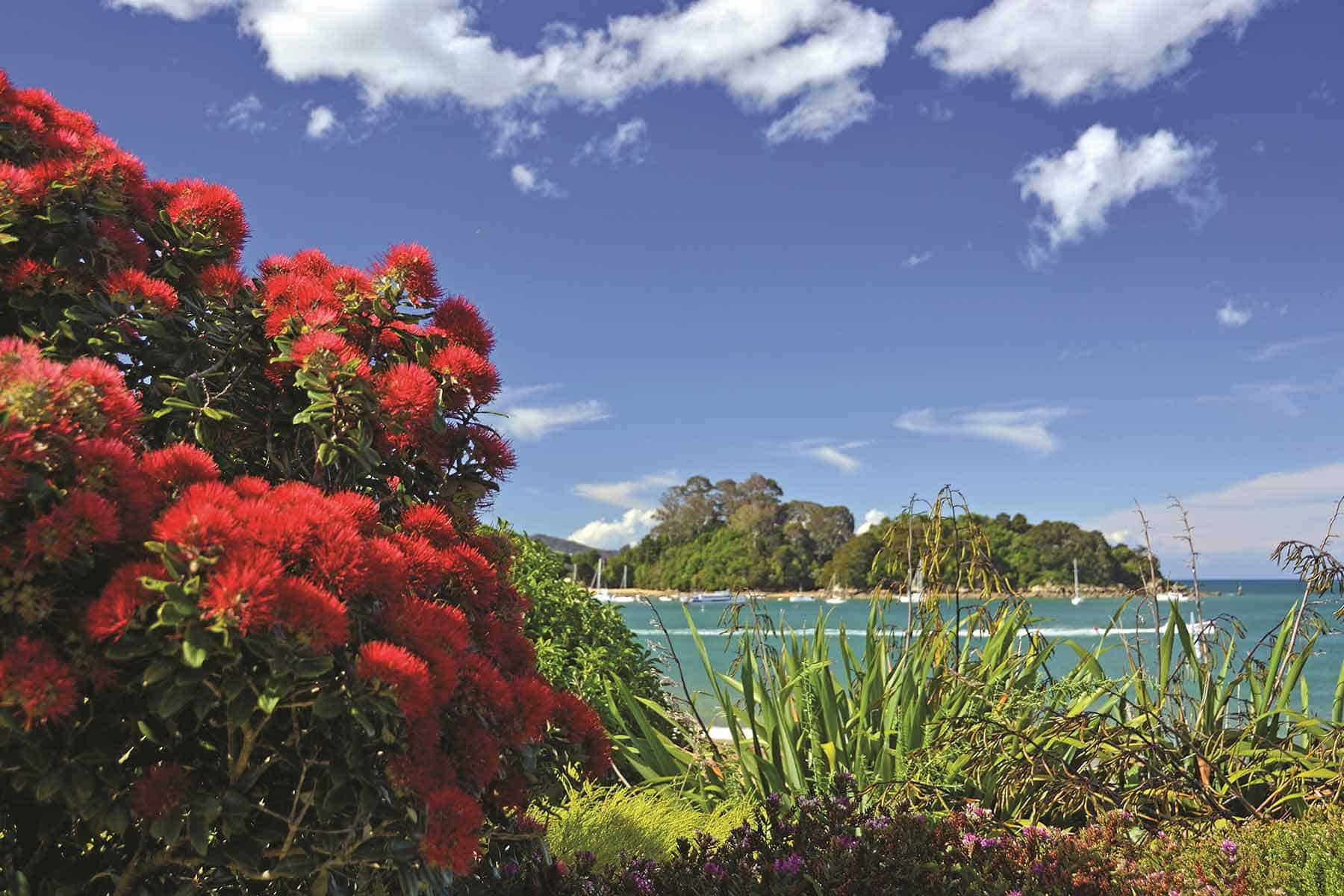Myrtle ora research is born
Our understanding of myrtle ora has come a long way since 2017. There has been a continuous cycle of research projects underway from the very beginning. When myrtle rust was first detected in mainland Aotearoa in May 2017, the New Zealand government responded immediately with an eradication plan and with funding for research. The first funding available was through Ministry of Business, Innovation and Employment (MBIE)’s Catalyst Strategic Fund, and further research was commissioned through the Ministry for Primary Industries (MPI).
In 2018, it became clear that myrtle rust was here to stay, and additional funding was dedicated to research. In September 2018, Manaaki Whenua – Landcare Research launched the five-year Beyond Myrtle Rust Programme, funded through MBIE’s Endeavour Fund. In November 2018, a surge investment was made to generate long-term solutions to combat myrtle rust. This investment is managed by BioHeritage and administered through Ngā Rākau Taketake.
Contributions from Ngā Rākau Taketake
We always view the successes of Ngā Rākau Taketake through the lens of all the hard work that has come before. Our research outcomes are only possible because of this strong foundation of knowledge and because of the firm bonds among organisations and communities across New Zealand and also Australia.
Our recent protein effector work is an excellent example of this. With funding from MPI, a trans-Tasman team assembled the genome of Austropuccinia psidii (the fungus responsible for myrtle rust). Additional work done by Beyond Myrtle Rust identified genes in the genome that may be essential for the pathogen to infect a plant. From these outcomes, we were able to fund a project that successfully expressed and purify what is believed to be the first A. psidii effector protein. You can read more about why this is important here. Next steps in this research pipeline involves developing tools that could be used to control myrtle rust.
While we contribute to and lead numerous projects in the myrtle rust space, here are a few outputs we’d like to highlight:
- Determining susceptibility: Our research has contributed to understanding the variable susceptibility among our native myrtles and their susceptibility to other strains of myrtle rust that have not yet arrived in New Zealand.
- Refining our understanding of myrtle rust and climate: Our researchers found that areas with warmer winter temperatures are at higher risk of infection with myrtle rust, increasing the damage to host species, and have developed models to predict where and when in Aotearoa infection will occur.
- Understanding Lophomyrtus reproduction: Ramarama (Lophomyrtus bullata) and rōhutu (Lophomyrtus obcordata) are particularly susceptible to myrtle rust infection. We are undertaking a suite of research activities to assess Lophomyrtus reproduction and conservation.
- Seeking understanding of the human dimension: Under the Mobilising for Action research theme, we explore how people and communities are affected by or engaging with myrtle rust. Research outputs have included expression and education about myrtle rust through the arts and empowerment of people to articulate their dismay as the ngahere suffers.
A strong foundation for future work
Our contributions to myrtle ora research are a small part of a much larger effort. As a collective, we have done amazing things – we have sequenced the genome of Austropuccinia psidii, we have identified susceptibility of our taonga species, we know so much more about our Myrtaceae, and we know more about the climatic drivers of disease. Ngā Rākau Taketake is proud to have contributed to this mahi and hopes to continue support myrtle ora research excellence for a long time to come.
